
Walter Benjamin; a German philosopher, writer, media theorist and one of the founders of the Frankfurt School of thought has had allowed us to develop an acute insight into the way narratives (particularly film) work upon us as emotional beings.
To him, film was more than just a narratological reproduction of traditional storytelling, but rather that “Its social significance, particularly in its most positive form, is inconceivable without its destructive, cathartic aspect, that is, the liquidation of the traditional value of the cultural heritage.”
In essence, he saw film as a way of recalling human emotion by way of mechanical/technological reproduction which stood apart from the more traditional forms of art.
It was the dissidence of film to the traditions of the ‘plastic’, musical and literary arts, which Benjamin felt allowed it to isolate specific accounts of memory and emotion in its viewers. He acknowledged that film, then in its early form was part of a shift in human perception of narratives and our experiences of them (the shift being one among many historical shifts in perception.).
He felt that films in general manipulated or perhaps even destroyed the ‘aura’ of art (essentially, the feeling of illumination or a until-the-moment unfelt optical unconscious that is revealed upon appreciating or viewing art) and then subsequently reproduced the feeling of aura by repurposing the original images in a wholly new context.
He felt that though film had the potential to become totally divorced of an ‘aura’, he understood that cinema could perhaps be used to recapture old perceptions of experience, or perhaps aid in the development of newer ones.
The films listed below perhaps best capture Benjamin’s attempt to reconcile the destruction and subsequent repurposing of the artistic ‘aura’ in cinema as well as embodying some of his other ideas on culture, humanity and ultimately love.
10. The Passion of Joan of Arc (1928)
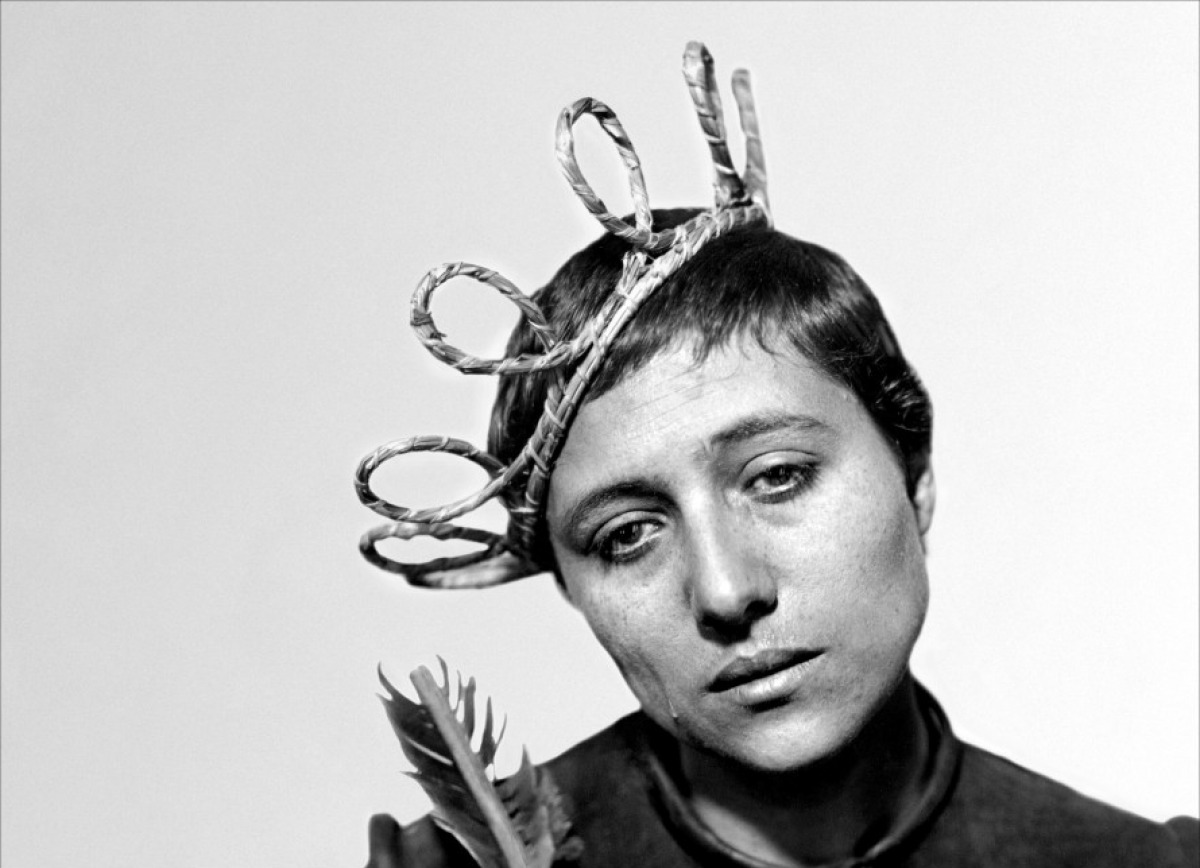
Dreyer’s The Passion of Joan of Arc exemplifies not only Benjamin’s aesthetic theories, but also his ideas on the nature of youth and the experience of dreams.
Dreyer uses the apocryphal legend of Joan of Arc (played by Renee Falconetti) as an allegorical exploration into the nature of suffering, namely the suffering for one’s ideals. These ideals are particularly youthful, and exemplified by Falconetti’s emphatic portrayal of Joan of Arc as a person of high moral authority and faith. In his , “Experience” from 1913 Benjamin wrote:
“Nothing is so hateful to the philistine as the ‘dreams of his youth.’ … For what appeared to him in his dreams was the voice of the spirit, calling him once, as it does everyone.”
Dreyer uses close-ups of Falconetti to imbue the audience with a sense of empathy and understanding which causes us to feel as though we can grasp the nature of Joan’s suffering and the profundity of her ideals.
The magic that Dreyer works on us plays into Benjamin’s notion of the aura of a piece of artwork, it hypnotises us and again makes us forget for a moment that what we’re experiencing is a fiction, but nonetheless something that works on us in a way that feels sublime and “real”.
9. The Fall of The House of Usher (1928)
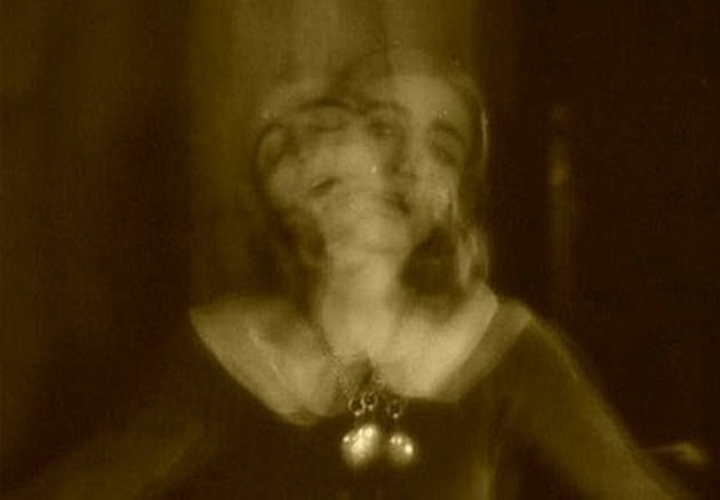
James Sibley Watson and Melville Webber does something in this film that is nearly impossible to describe, but could be describe as a sort of cinematic seance that lasts as long as the film plays.
Walter Benjamin had a fascination with the metaphysics of death, perhaps even the poetry exemplified in the nature of death, he wrote, in the Metaphysics of Youth:
“Devoured by the countless demands of the moment, time slipped away from him; the medium in which the pure melody of his youth would swell was destroyed. The fulfilled tranquility in which his late maturity would ripen was stolen from him. It was purloined by everyday reality, which, with its events, chance occurrences, and obligations, disrupted the myriad opportunities of youthful time, immortal time. …”
For Benjamin, time seemed like a meeting between efermeralities, times, places and people which interweave within each other.
In The Fall of The House of Usher, Watson and Webber use superimposition, dreamlike expressionism and subverted classical techniques in order to relate the story of Edgar Allan Poe’s doomed family drama.
The film is without dialogue (or even intertitles), which adds to the Benjamin-esque notion of the fallibility of aural language (which becomes superseded by spiritual experience/ the significance of symbology).
8. Her (2013)
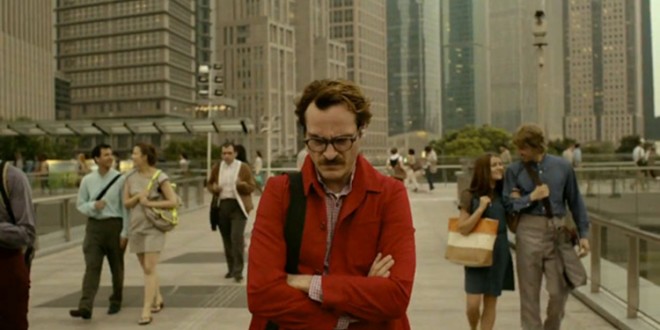
While being the most modern film on this list, Spike Jonze’s Her speaks to Benjamin’s thoughts on the nature of identity and its impact on love, acceptance and friendship.
The film may seem as though it’s a high concept film relating the issues of AI-Human interaction, and in a sense it assuredly is, however the film seems to deal with the nature of relationships between people and the influence these experience can have on an individual’s relation to their external world. Again, Benjamin wrote about the implications of reminiscence upon an individual’s sense of narrative self in his Berlin Chronicles from 1931:
“Reminiscences, even extensive ones, do not always amount to an autobiography. … For even if months and years appear here, it is in the form they have in the moment of recollection. This strange form—it may be called fleeting or eternal—is in neither case the stuff that life is made of.”
Samantha, the AI (Scarlett Johansson) could be viewed as symbolic of Theodore’s (Joaquin Phoenix) attempt to rationalize or re-integrate the experiences of his past into a separate consciousness which allowed him to re-experience his reminiscences in the way Benjamin described, in essence repartitioning ideals of romance from his past experiences in a fleeting way which ultimately leads Theodore to re-integrate himself in the “real world”, following the exodus of the AIs into an alternate plane of existence (which may be symbolic of the way our memories become displaced by time and circumstance).
7. Lucifer Rising (1972)
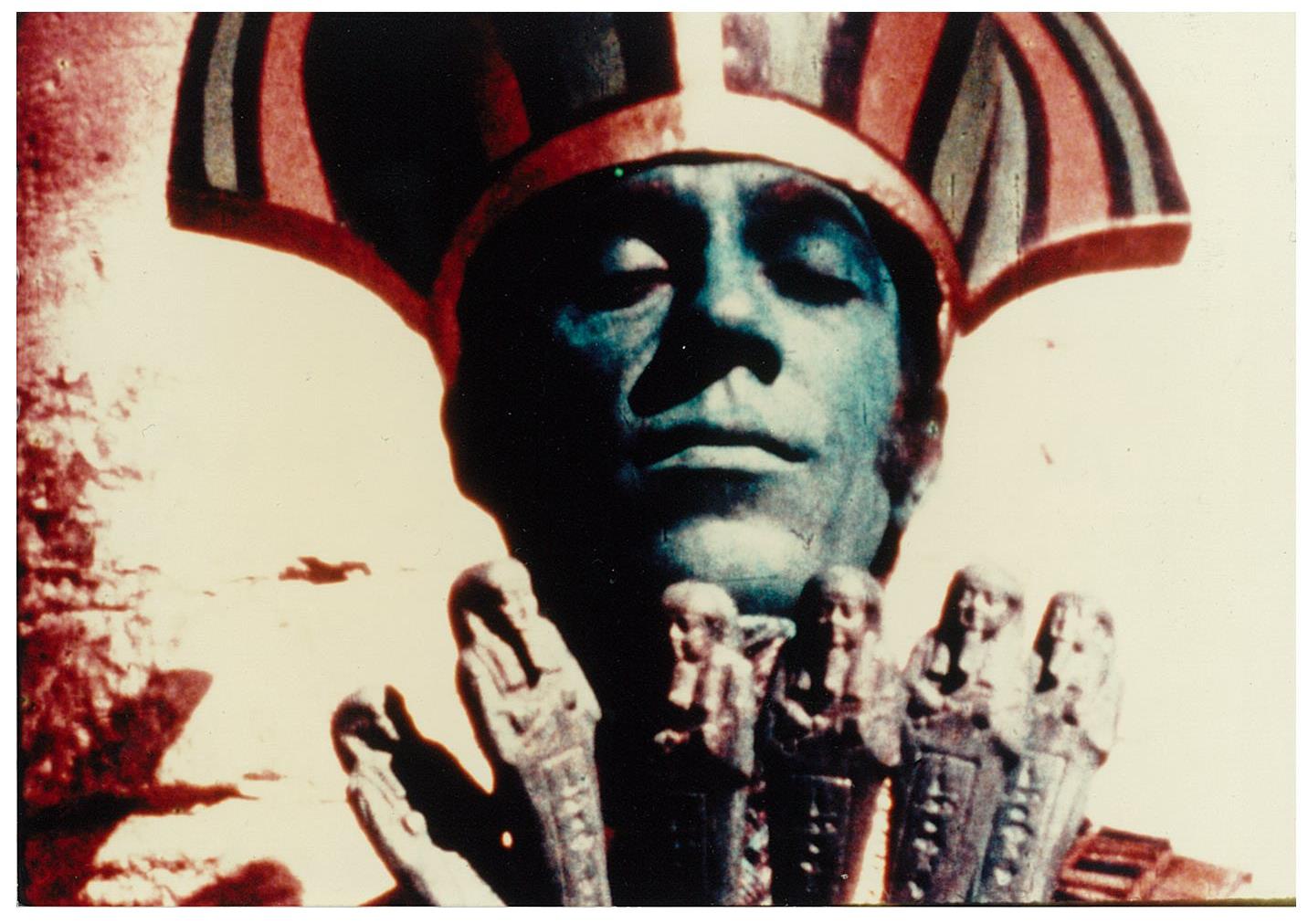
Walter Benjamin also had a sort of mystical or occultist side toward his examinations of spiritual matters.
Kennneth Anger’s Lucifer Rising is emblematic of Benjamin’s interest in the mystical and typifies the sorts of ideas that Benjamin sought after in his pursuit of the ‘aura’ of art as well as the nature of humanity’s importance or experience in the universe.
Kenneth Anger was a follower and adherent of Crowleyism and Thelema, spiritual practices that were indebted to Apocalyptic Spirituality and Medieval Mystic groups such as the Freemasons and the Hellfire Club of the 18th Century.
The symbology that Anger uses in his presentation of this occult mysticism can be directly connected to some of the themes that Benjamin uses as methodology in order to explain the nature of human narrative. Benjamin was aware of the impact that Christian symbolism had upon western consciousness and summed it up succinctly in his Theses on the History of Philosophy:
“The present, which, as a model of Messianic time, comprises the entire history of mankind in an enormous abridgment, coincides with the stature which the history of mankind has in the universe.”
Anger knew, like Benjamin, that “Messianic time” was one of the central tenants in the West’s modern perception of temporality and the nature of Lucifer Rising as a rebuttal of these ideas is evident even from its title.
The film itself is a symbolic reposition of age-old symbols that are repurposed to suit the reversal of roles. (i.e. rather than a Messianic figure, we are presented with a Magus and his followers in the midst of a ritual that subverts the staid nature of classical spiritual models).
6. Man with a Movie Camera (1929)
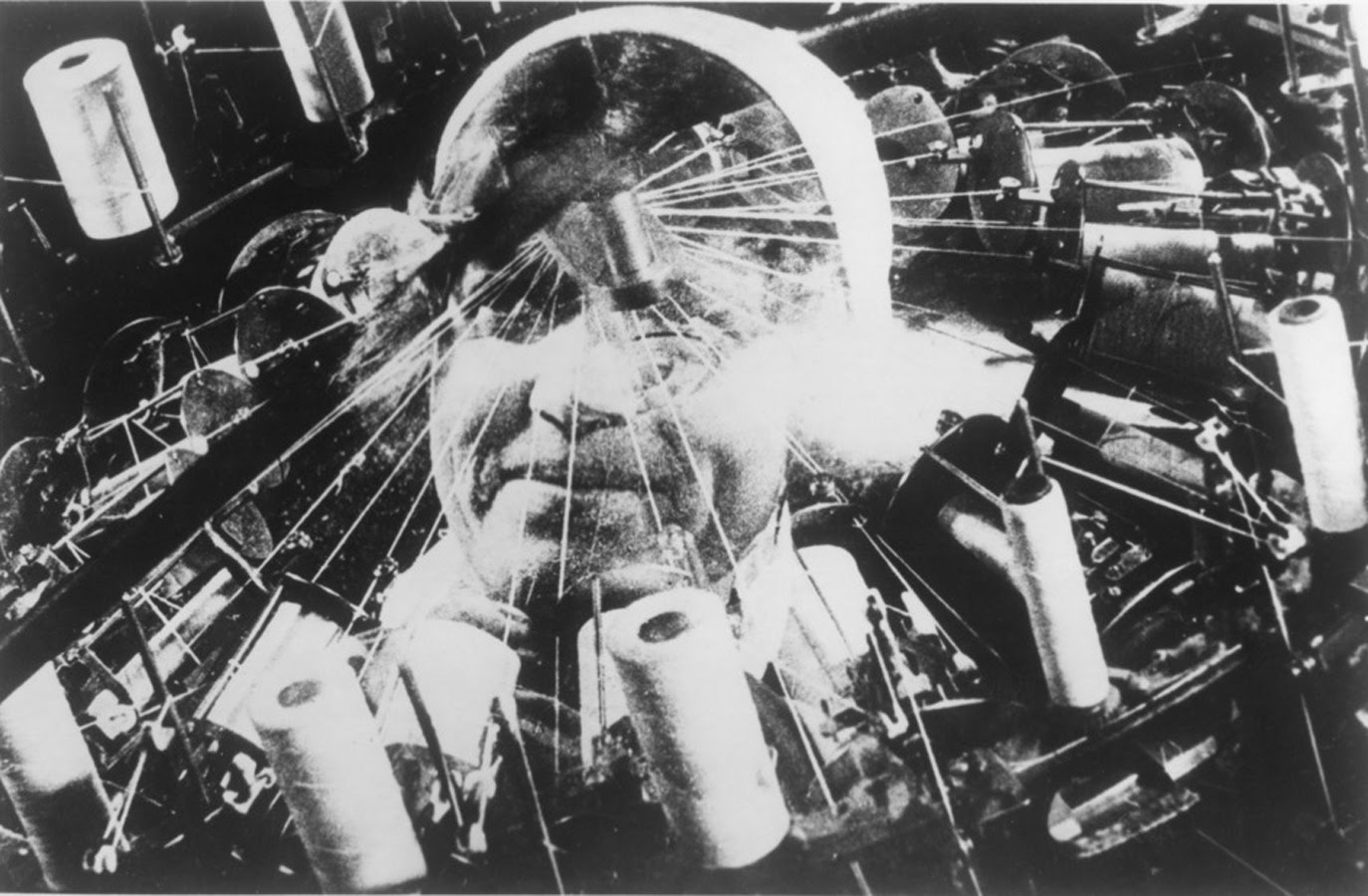
Dziga Vertov’s The Man with a Movie Camera may be the film that most directly relates to Benjamin’s ideas of the nature of art in the era of easy reproducibility.
Vertov himself was a critical theorist, and his ideas could have possibly been influenced by Benjamin, although he himself took on a drastically different approach to the nature of film as art.
Where Benjamin saw a destruction of aura through easily reproducible art, Vertov saw a chance to re-invent the nature of art as a kind of mass-consciousness spectacle. Vertov once wrote:
“I’m an eye. A mechanical eye. I, the machine, show you a world the way only I can see it. I free myself for today and forever from human immobility”.
This understanding of the freedom of the cinema-camera to present the world in a wholly-”unhuman” way is seen in the way Vertov is able to frenetically cut and edit sequences throughout the film.
From theatre seats that are seen to move up and down themselves, to slow-motion shots of sporting events and most specifically to the shots of a human eye superimposed upon the lens of a camera, Vertov realised that perhaps the oncoming radicalization of mechanical art could be subsumed back into an attempt to reign mechanical art back into the realm of human experience through the lens of the mechanical.